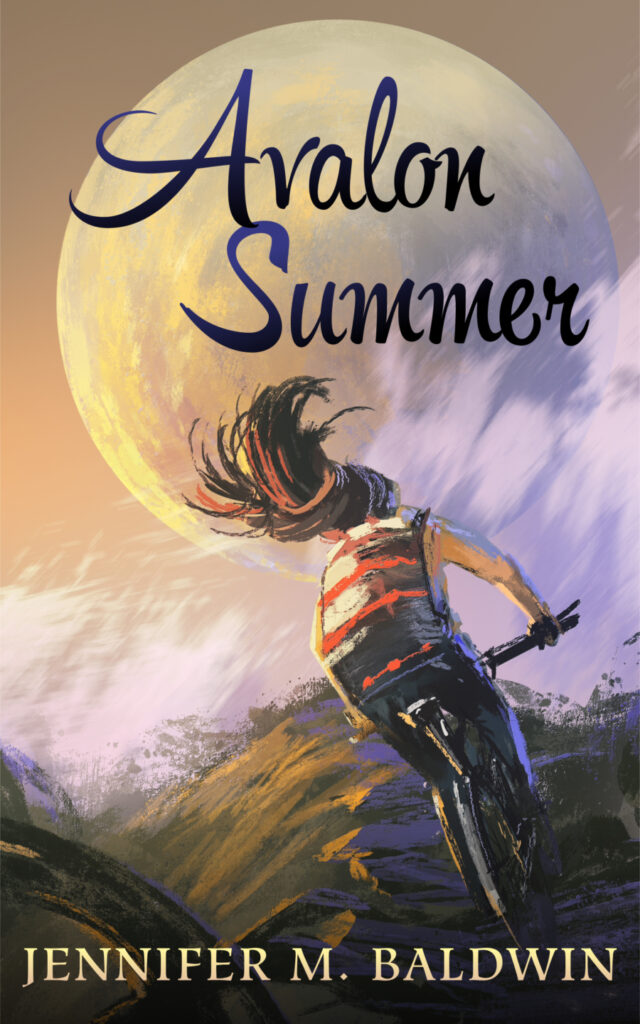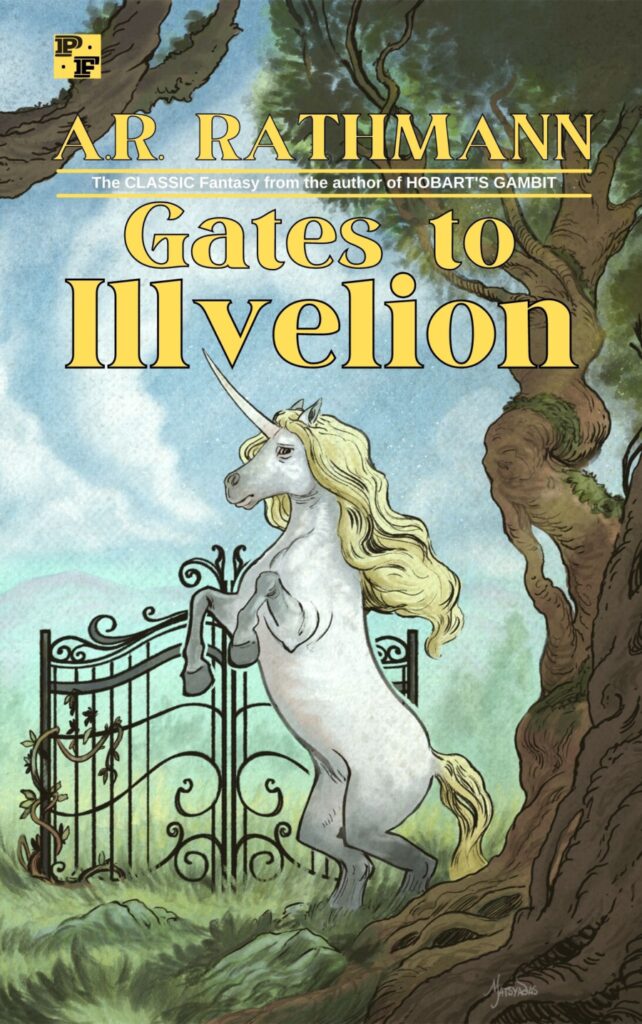 The 1980s spilled into the early 90s.
The 1980s spilled into the early 90s.
This is a phenomenon we see throughout the 20th century. The early 60s were a continuation of the 1950s (until Kennedy was assassinated). The early 70s continued the tumultuous counter-culture of the 1960s (until withdrawal from Vietnam).
And the early 90s were one last flourishing of the tubular 80s: neon was still en vogue (though perhaps declining); jangly college rock was still ascendant; hip-hip was still funny and loose and political; for me, Nickelodeon still represented the kid-centric spirit of the age, with its slime and its orange splat and its strangeness.
The 1980s were the decade of strange: Pee-Wee Herman, They Might Be Giants, Dungeons & Dragons, Garbage Pail Kids. The early 90s were strange too; Ren & Stimpy were born, and Dick Tracy came to the big screen, and R.E.M. could sing about “Shiny Happy People.”
The early 90s are R.E.M. to me. The early 90s are color-change t-shirts. Super Soakers.
First emerging in the 1980s, “nerd kid culture” took wing in the early 90s. The dweebs from all those John Hughes movies gave us permission to be proud pre-teen dorks in the early 90s. Drop Dead Fred told us to go play with our imaginary friends, and Salute Your Shorts invited us to make summer camp adventures in our own backyards.
The backyard was still a world in the early 90s. So were sidewalks and community swimming pools. So was candy from the corner store.
Do I sound ancient? Do I sound like I’m murmuring “the good old days”?
Well, I am. If today is all flatness, then the 1990s were the last decade of dunes and divots and bumps. It was a pimpled decade — especially the early 90s — not yet completely air-brushed.
Everything is on the internet now, or so we tell ourselves. Hundreds of thousands of websites and articles and listicles about the 1990s, but none of them really contain the early 90s. Not my early 90s, anyway.
My early 90s are not these flattened versions, these smoothed out versions that we see reflected back at us today, all these websites showing us the same things. My early 90s doesn’t exist on the internet. It can’t.
It’s too personal, too wrapped up in the strange confluence of pop culture and real, lived experiences that make my memories my own. When we write about these decades in our usual flattened way on the internet, we reduce them to the culture of the time, to advertisements and trends. But these don’t capture the experience of living through a time period. They don’t reveal what it felt like to live in that era.
Maybe this is why I decided to write Avalon Summer, my weird memoir-that’s-not-a-memoir. I wanted to see if I could capture the experience of my childhood. Stories, after all, aren’t websites or articles or listicles. Perhaps narrative is the only way we can really express the lived experiences of our memories.
Looking for the early 90s is quixotic. It only exists inside my head, just as it only exists inside your head, if you were lucky enough to be alive back then. I don’t know why I want to write about it, except somehow, I want you to understand. I want you to go looking for the early 90s too. It won’t be found in a “You Might Be a 90s Kid” video or a pop culture website. It can’t be found on the internet at all.
And that’s why we have to find it.


